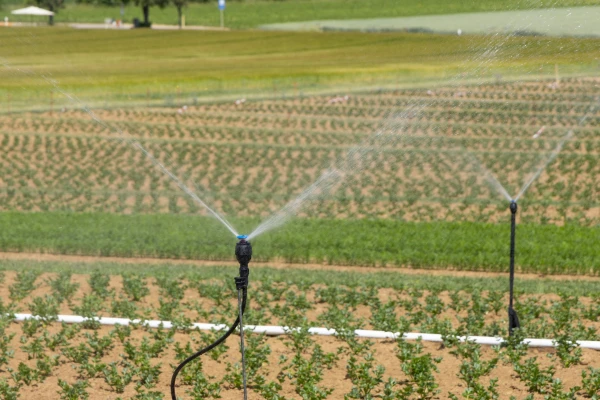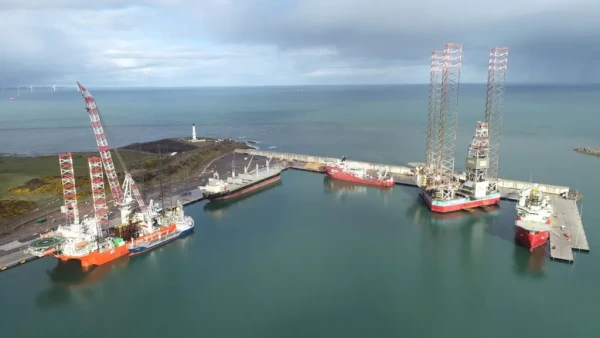Our Views
How to do a feasibility study
Welcome to our series of articles on feasibility studies.
- What is a Feasibility study?
- What is a bankable feasibility study?
- How to do a feasibility study?
- Feasibility study consultants: expertise needed
- Cost of a feasibility study
- Car Park Feasibility Study: Key considerations
- Hotel Feasibility Study: Methodology
- Feasibility study of solar PV projects: Key components
- Feasibility study of real estate developments
- Feasibility study of marina projects
- How to Do a Feasibility Study of a Waste Management Plant
In this post, we will guide you through the process of conducting a comprehensive feasibility study. A well-executed feasibility study is crucial for assessing the viability and potential success of a project. Let's explore the key steps involved:
Literature Review and Information Gathering
The first step in conducting a feasibility study is to perform a thorough literature review and gather relevant information. This includes reviewing existing studies, reports, market trends, industry publications, and any available data related to similar projects. This step helps establish a foundation of knowledge and understanding of the project's context.
Additionally, conducting interviews and discussions with subject matter experts, stakeholders, and potential end-users can provide valuable insights and perspectives. The information gathered during this phase forms the basis for the subsequent analyses and assessments.
It is essential to identify key success factors, potential risks, and challenges during the literature review and information-gathering stage. This helps ensure that the feasibility study addresses critical aspects and provides a comprehensive evaluation of the project's feasibility.
Market Analysis
The market analysis is a critical component of a feasibility study as it helps evaluate the project's potential demand and market dynamics. During this phase, it is essential to assess the target market's size, growth trends, customer preferences, competition, and potential barriers to entry.
Conducting surveys, interviews, and focus groups with potential customers and industry experts can provide valuable insights into market needs, preferences, and willingness to pay. This information is crucial for projecting the project's revenue potential and developing an effective marketing strategy.
Analyzing market data and trends helps identify market gaps, opportunities, and potential risks. This analysis guides decision-making, ensuring that the project aligns with market demand and has a competitive advantage.
Regulatory Analysis
An analysis of the regulatory environment is vital to understand the legal and compliance requirements associated with the project. This includes identifying permits, licenses, certifications, and any specific regulations or standards applicable to the project's industry or location.
Engaging legal experts or consultants familiar with the regulatory landscape can help navigate through the complexities of compliance. It is crucial to ensure that all legal and regulatory obligations are met to avoid potential delays, penalties, or obstacles during project implementation.
The regulatory analysis also includes assessing any environmental or social impact assessments required for the project. This ensures compliance with environmental regulations and identifies any potential risks or mitigation measures needed.
Technical Analysis: CAPEX, OPEX, and Revenue
The technical analysis assesses the project's technical feasibility, considering factors such as the required infrastructure, equipment, technology, and resources. This analysis helps estimate the capital expenditure (CAPEX) required for project implementation and ongoing operational expenses (OPEX).
Collaborating with engineering experts, architects, or technical consultants can provide insights into the project's design, construction, and operational requirements. Detailed cost estimates, including equipment, construction, maintenance, and operating costs, are essential for accurate financial projections.
During the technical analysis, it is crucial to evaluate the project's scalability, reliability, and any potential technological risks. This assessment ensures that the project's technical aspects are feasible and align with industry standards and best practices.
Revenue projections are also a crucial part of the technical analysis. This involves estimating the project's revenue streams, considering factors such as pricing, sales volumes, and market demand. Market research and financial analysis play a key role in developing realistic revenue projections.
Economic and Financial Analysis
The economic and financial analysis is a core component of a feasibility study. It involves evaluating the project's financial viability, profitability, and return on investment (ROI).
During this phase, it is essential to assess the project's financial indicators, such as net present value (NPV), internal rate of return (IRR), payback period, and profitability ratios. This analysis helps determine whether the project is economically viable and financially sustainable.
Factors such as project financing, cash flow projections, cost-benefit analysis, and sensitivity analysis are considered in the economic and financial analysis. This assessment provides project sponsors and stakeholders with a clear understanding of the project's financial implications and potential risks.
Preparation of Final Report
The final step in conducting a feasibility study is to compile all the findings, analyses, and assessments into a comprehensive report. The report should include a summary of the project's objectives, methodology, key findings, and recommendations.
The report should present the feasibility study in a clear and concise manner, allowing stakeholders to make informed decisions. It should outline the project's strengths, weaknesses, opportunities, and threats, as well as any potential mitigation measures or alternative strategies.
Engaging professionals with expertise in report writing and communication can enhance the effectiveness and readability of the final report. Clear visual representations, such as charts, graphs, and tables, can help present complex information in a user-friendly format.
The final report should be presented to project sponsors, stakeholders, and decision-makers, facilitating discussions and enabling them to make well-informed choices regarding project implementation.
Aninver Development Partners has wide experience conducting feasibility studies in several industry sectors, such as agribusiness, technology, energy, tourism & hotels, infrastructure & PPP projects. Our team of consultants are specialists for PPP Feasibility studies.
Some of our experience conducting feasibility studies can be seen below:
- Feasibility Study for a new marina in the island of San Andrés through PPP
- Pre-feasibility study for construction of silo storages in Northern Ghana through PPP
- Feasibility study of a real estate WAQF project in Cotonou (Benin)
- Feasibility study and analysis of strategic alternatives of a touristic development in Natal
- Feasibility study for creation of an Investment and Export Promotion Agency of Health services in Tunisia
- Feasibility Study for car parks in Bishkek though PPP
- Feasibility study of markets in Benin and Togo under PPP scheme
- Feasibility Study for the establishment of a Large-Scale Cashew Processing Plant in Zambia
- Public Private Partnership (PPPs) study in the Housing Sector
- Review of Business Case for Manila Central Subway
- First Mover PPP Prefeasibility Study
- Review of the feasibility study of the PPP project Complejo El Brillante, in Cordoba (Spain)
- Review of pre-feasibility study of a Health PPP project










